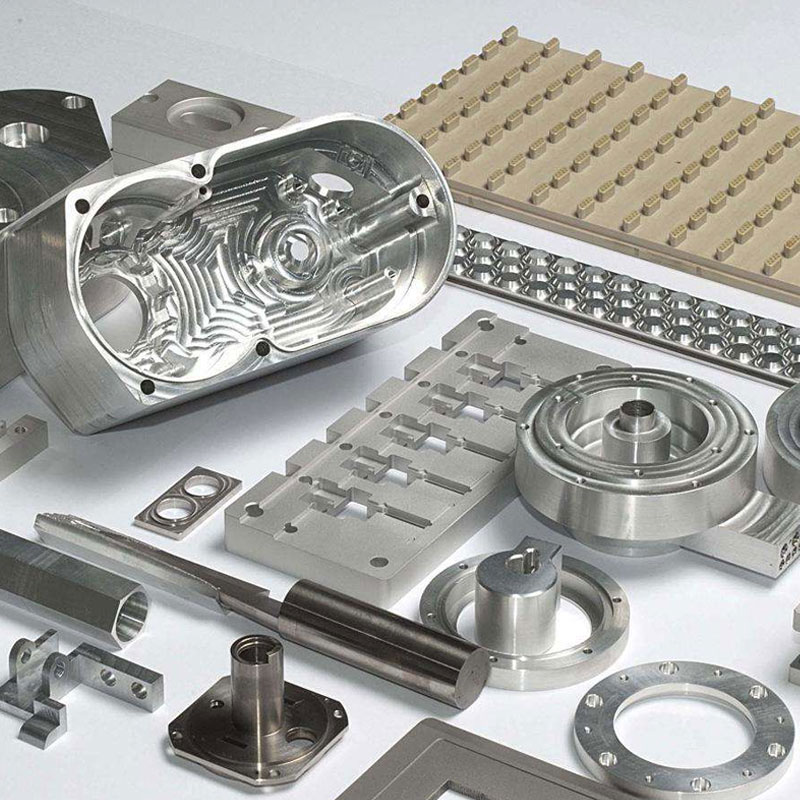Obvious defects that are easy to appear in pickled titanium plates.
- Surface scratches are severely corroded by pickling
Second, the depth and area of the pits on the board surface are too large, the impurities cannot be completely clear, and the remaining acid stains will have the following effects.
Titanium will exhibit hydrogen absorption at 300 degrees, and accelerated hydrogen absorption at 500 degrees. The titanium material becomes brittle after hydrogen absorption, and the mechanical properties obviously deteriorate. In addition, explosive welding is a type of pressure welding, which uses the energy of explosives to drive titanium atoms into the lattice of iron atoms, thereby forming a gravitational combination between titanium atoms and steel atoms to complete the welding. If hydrogen ions are present, at high temperatures, titanium atoms will relatively repel iron atoms while accelerating hydrogen absorption. At this time, although the bonding rate of the titanium steel composite plate reaches the standard, the bonding strength of the titanium steel bonding interface will decrease.
The temperature at the moment of explosive welding exceeds 500 degrees, and in the subsequent rolling, the heating temperature is 900 degrees, so the impact of residual acid stains on the quality of the product cannot be ignored.
Therefore, the pickling process must achieve strict quality control.










